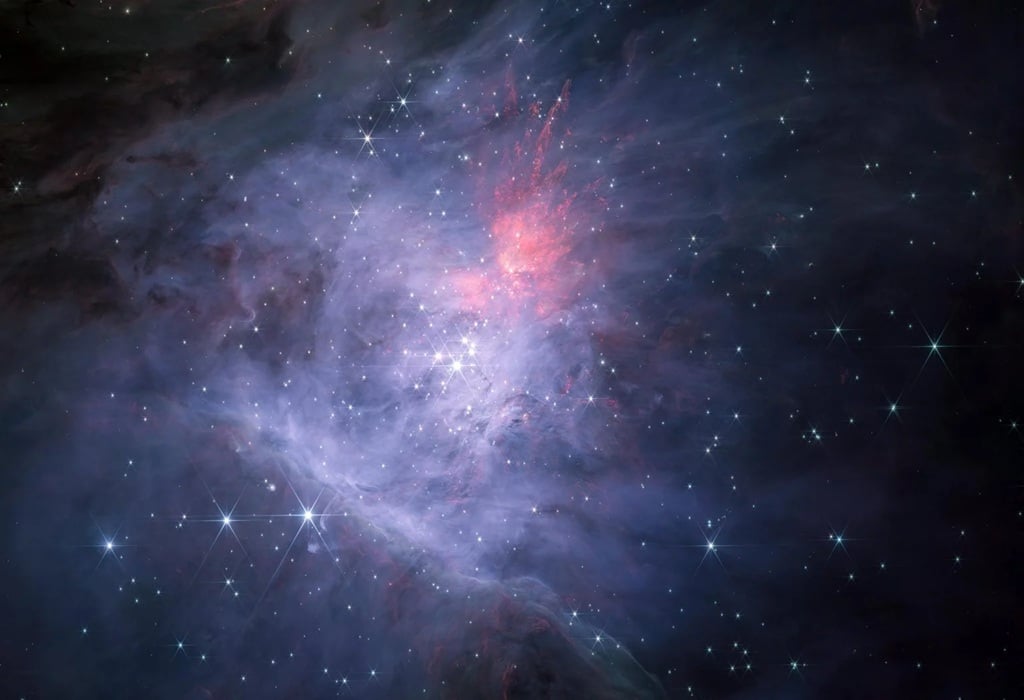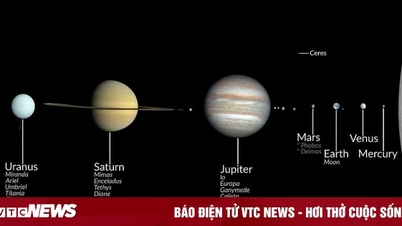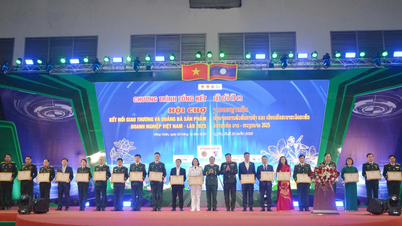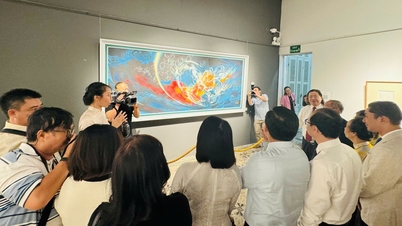(NLDO) - The origin of a mysterious wandering object, heavier than all the planets in the Solar System combined, has just been revealed.
According to SciTech Daily, an international research team has just identified a terrifying phenomenon that could explain the origin of planetary mass objects (PMOs) - the mysterious nomads we sometimes encounter in the galaxy.

The Orion Nebula and the Trapezium Cluster are places where wandering planetary mass objects often appear - Photo: NASA
PMOs are planet-like in nature but are very large. Their mass can be 13 times that of Jupiter, which is much heavier than all the planets in the Solar System combined.
Living a nomadic life, wandering around without being anchored by any parent star, their origins have long puzzled scientists .
But a research team from the University of Zurich (Switzerland), the Shanghai Astronomical Observatory, the University of Hong Kong (China) and the University of California Santa Cruz (USA) has found a possible mechanism that could give birth to this type of "monster" planet.
Wandering planets are found in large numbers in young star clusters, for example Trapezium in the constellation Orion.
In stellar nurseries like Trapezium, young stars still have intact protoplanetary disks surrounding them, much like our Sun when it was a "baby".
The team simulated close encounters between two of these protoplanetary disks. They found that if they collided or even just came close to each other, their gravity was enough to strongly deform the gas, creating connecting structures called “tidal bridges.”
As the two disks separate, this bridge collapses into dense filaments, which then break apart into compact cores. These are the seeds of PMO.
In star-forming regions like the Trapezium cluster, disk encounters of this type are very common.
Despite floating free, untethered from their parent star, these nomadic planets still follow paths synchronized with the stars in their clusters. Many PMOs retain a thin disk of gas and dust when they form, enough to form a moon or even a planet around.
"This discovery partly reshapes the way we perceive the diversity of the universe," co-author Lucio Mayer concluded, adding that the new research results suggest that PMOs should be considered a third type of object, neither stars nor planets.
Source: https://nld.com.vn/hai-vat-the-hinh-dia-va-cham-ban-ra-cac-sieu-hanh-tinh-196250318103149441.htm









































































































Comment (0)